Science at UM [S02-ep15]: From chronic pain to 3D microtomography
This week on A l’UM la science, Cyril Rivat, a researcher atINM, explains the mechanisms of chronic pain. Our report shows you how a 3D microtomograph works. Finally, Agnès Pesenti reveals the theme of the next Bar des sciences. The program is broadcast on Divergence FM 93.9 every Wednesday at 6 p.m.
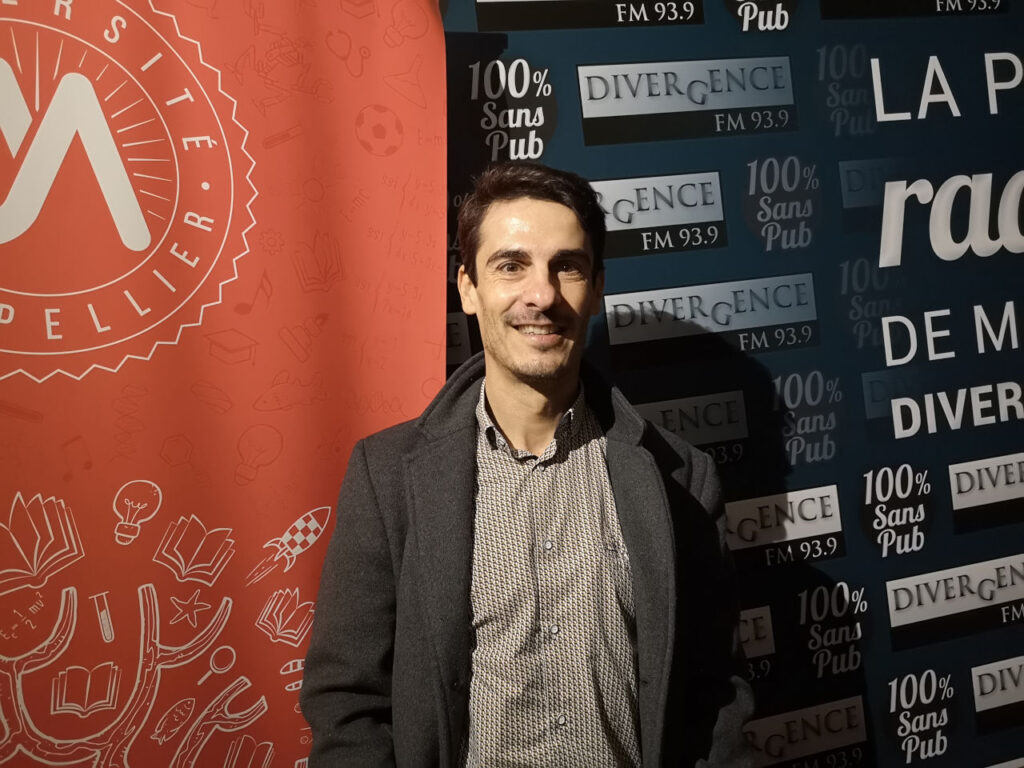
Like me, you have probably heard the expression, "What doesn't kill us makes us stronger." Like me, you may have wondered about the validity of this expression. Just as a plate cracked by an impact will always remain more fragile than a plate that has not been damaged, it seemed to me as I grew up that each new blow of fate, each new shock, rather than making us more resilient, only reactivated old wounds, causing not only apprehension but also a form of hypersensitivity.
What if the same were true for pain? What if exposure to repeated pain, instead of desensitizing us to it, only made us more sensitive to it? In 2014, a large-scale survey reported that 20 million French people suffered from chronic pain. Of these 20 million, 40% reported having suffered direct repercussions at work and 28% said that the pain was sometimes so severe that it caused them to have morbid or suicidal thoughts.
Proof that sometimes what doesn't kill us just makes us want to die.
For around thirty years now, public authorities have been addressing the issue of pain by establishing a legal framework to improve its management. Science has also made significant progress. In 2019, researchers at the Montpellier Institute of Neuroscience highlighted the mechanisms responsible for the onset and maintenance of chronic neuropathic pain by identifying the role played by the FLT3 receptor and its partner molecule F (When pain persists).
To take things further, this team focused this time on the transition from acute pain to chronic pain and on the link between repeated exposure to pain and depressive disorders. Cyril Rivat is a researcher at the Montpellier Neuroscience Institute and co-author of this study, which was published in Progress in Neurobiology last January.
Read the study: "Activation of neuronal FLT3 promotes exaggerated sensory and emotional behaviors related to pain, facilitating the transition from acute to chronic pain."
In the second part of the program, we will visit the Institute of Evolutionary Sciences in Montpellier to discover how a 3D microtomograph works.
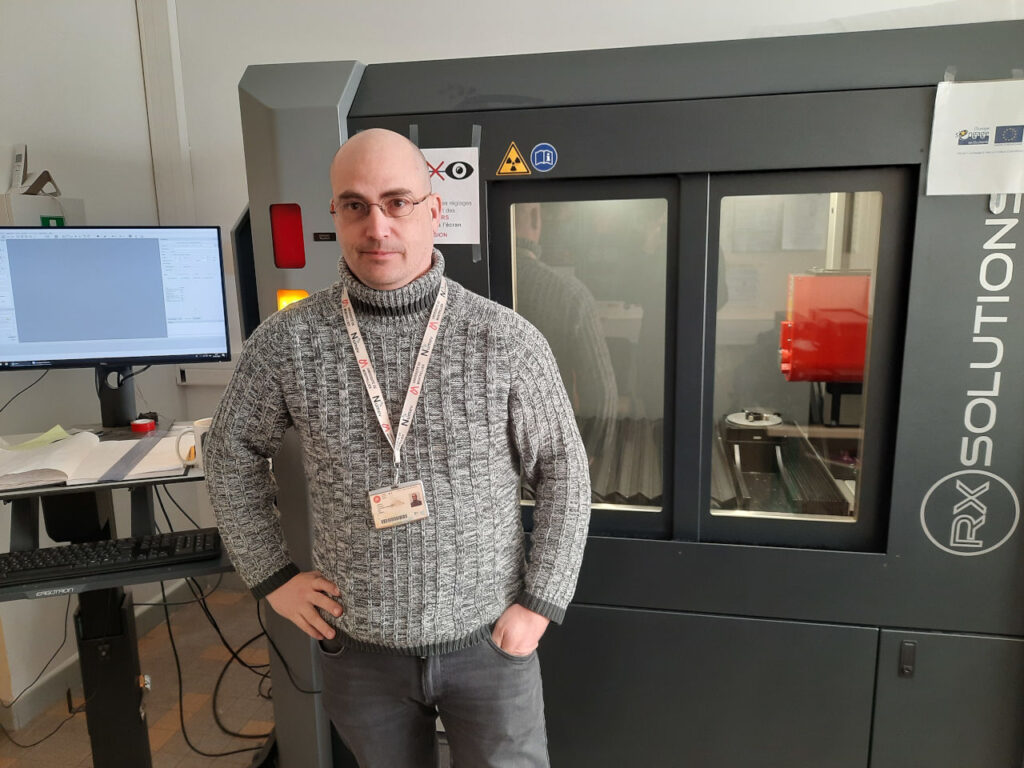
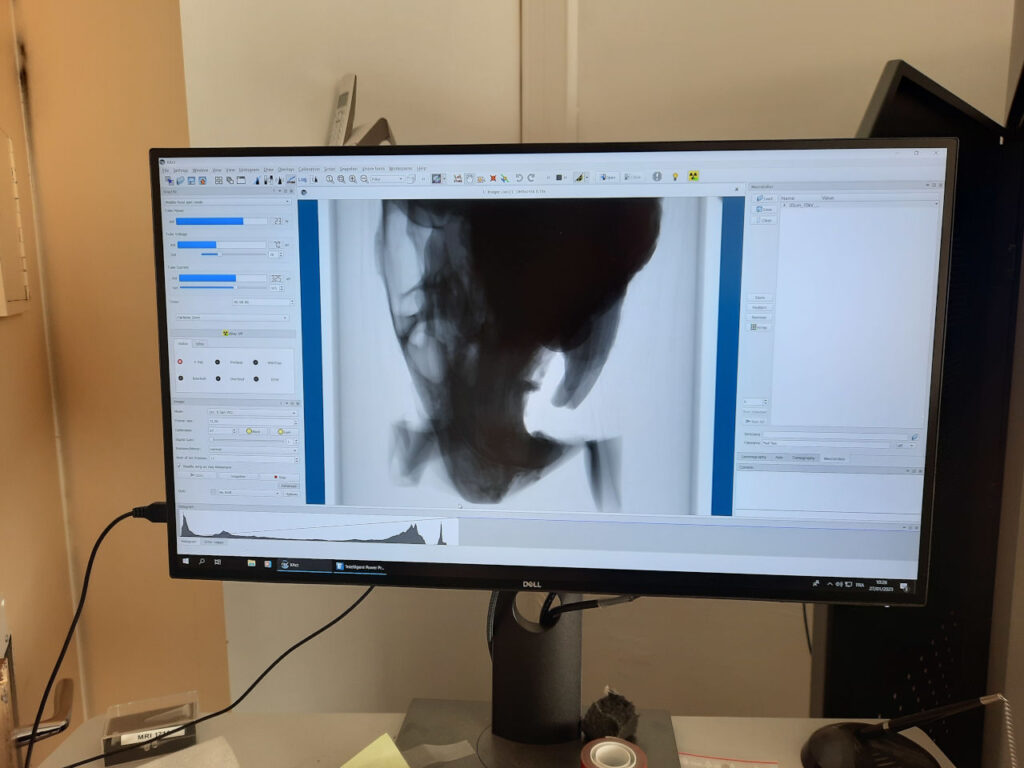
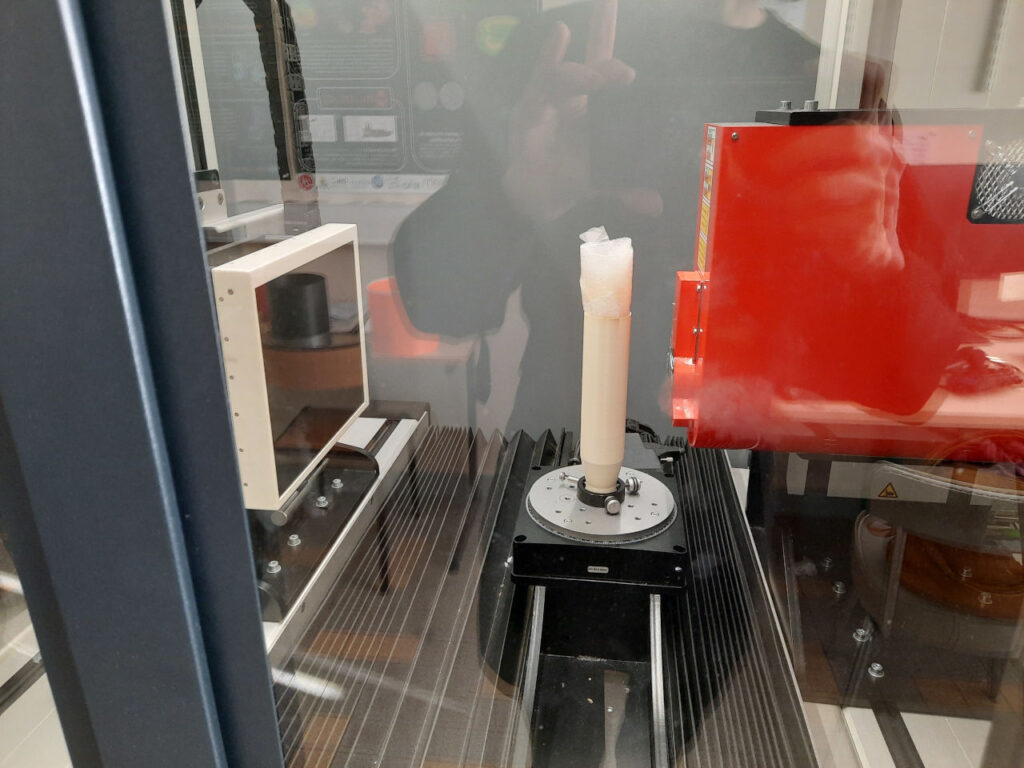
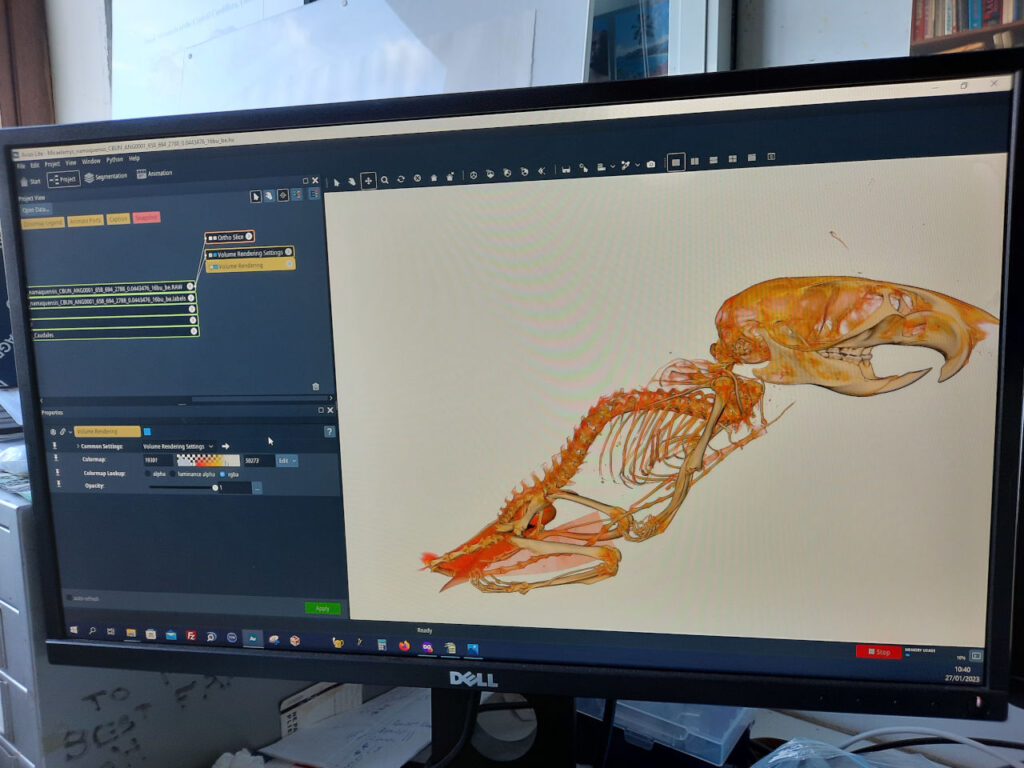
Finally, our last-minute guest is now a regular: Agnès Pesenti from the scientific culture department will be presenting the next science bar, which will ask the question: "Where does quantum physics hide in our daily lives? " See you on February 16 at 8:30 p.m. at Le Dôme bar.
At UM Science, you have the program, so let's get started!
Co-production: Divergence FM / University of Montpellier
Host: Lucie Lecherbonnier
Interview: Lucie Lecherbonnier / Aline Périault
Reporting and editing: Aline Périault
Production: Tom Chevalier
Listen to the program “A l’UM la science” on Divergence FM 93.9

Find UM podcasts now available on your favorite platform (Spotify, Deezer, Apple Podcasts, Amazon Music, etc.).